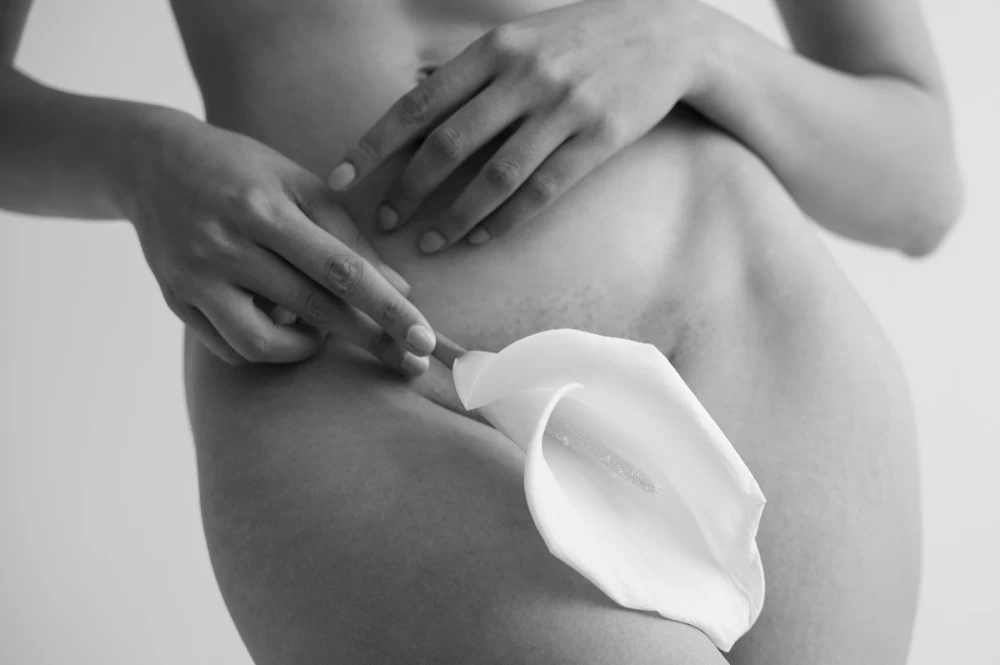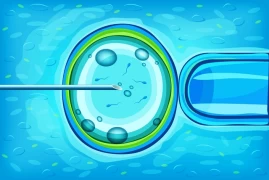
Vaginal Tightening Procedures
- Vaginal Tightening Procedures
- Why Are Vaginal Tightening Procedures Necessary?
- Types of Tightening Procedures
- Which Method Should Be Chosen?
- Conclusion
Vaginal tightening procedures are surgical and non-surgical interventions we perform to address issues arising from the weakening or loosening of vaginal muscles. These conditions typically occur due to childbirth, aging, hormonal changes, or genetic factors. Vaginal tightening procedures are crucial for improving women's quality of life, sexual satisfaction, and confidence.
Why Are Vaginal Tightening Procedures Necessary?
Vaginal tightening procedures may be necessary for various reasons and play an important role in enhancing women's quality of life. Here are some primary reasons that highlight the necessity of these procedures:
- Post-Childbirth Changes: During vaginal childbirth, the vaginal muscles and tissues can stretch and weaken. This can lead to the widening of the vaginal canal and a loss of elasticity. After vaginal childbirth, women may experience decreased sexual satisfaction, urinary incontinence, and vaginal prolapse due to relaxed vaginal muscles.
- Aging and Hormonal Changes: The aging process and hormonal changes (especially menopause) can cause the vaginal tissues to thin and lose their elasticity. This can result in the loosening of the vaginal canal and discomfort during sexual intercourse.
- Enhancing Sexual Satisfaction: Vaginal tightening procedures can enhance sexual satisfaction by tightening the vaginal muscles. Tighter vaginal tissues can provide more intense sexual sensations and create positive effects in couples' sexual lives.
- Confidence and Psychological Well-being: Issues with vaginal loosening can negatively impact women's confidence and psychological well-being. Vaginal tightening procedures can help women feel more comfortable and confident.
- Urinary Incontinence and Vaginal Prolapse: Weakening of the vaginal muscles can lead to stress incontinence (urinary leakage) and vaginal prolapse (vaginal sagging). Vaginal tightening procedures offer an effective treatment option to address these issues and improve quality of life.

Types of Tightening Procedures
- Surgical Vaginal Tightening (Vaginoplasty)
- What is Vaginoplasty? Vaginoplasty is the surgical procedure of tightening the vaginal canal. We tighten the vaginal muscles and tissues and address issues of vaginal widening.
- How is it Performed? We usually perform it under general or local anesthesia. This involves tightening the muscles around the vaginal canal and removing excess tissue. The recovery period after the procedure ranges from 4 to 6 weeks.
- Advantages and Disadvantages: Vaginoplasty provides permanent results and enhances sexual satisfaction. However, as with any surgical intervention, it carries risks such as infection, bleeding, and a recovery period.
- Laser Vaginal Tightening
- What is Laser Vaginal Tightening? Laser vaginal tightening is the process of stimulating and tightening the vaginal tissues using laser technology. This method is a non-surgical and minimally invasive option.
- How is it Performed? We perform it under local anesthesia. The laser energy increases collagen production in the vaginal tissues, leading to tightening. The recovery period is short, and normal activities can usually be resumed within a few days.
- Advantages and Disadvantages: Quick recovery time, minimal invasiveness, and low risk of complications are advantages. However, the results may not be as permanent as surgical methods and may require several sessions.
- Radiofrequency Vaginal Tightening
- What is Radiofrequency Vaginal Tightening? Radiofrequency vaginal tightening involves heating and tightening the vaginal tissues using radiofrequency technology. This method is also a non-surgical option.
- How is it Performed? This procedure is also performed under local anesthesia. Radiofrequency energy increases collagen production in the vaginal tissues, leading to tightening.
- Advantages and Disadvantages: Minimally invasive, quick recovery time, and low risk of complications are advantages. However, the results may not be as permanent as surgical methods and may require several sessions.
Which Method Should Be Chosen?
When selecting vaginal tightening procedures, we consider the patient's condition, complaints, and expectations. Surgical methods provide more permanent and effective results, while non-surgical methods may be preferred due to their quick recovery time and low risk of complications.
Conclusion
Vaginal tightening procedures are essential interventions aimed at enhancing women's quality of life and sexual satisfaction. There are various surgical and non-surgical methods available, and the appropriate method should be chosen based on patients' needs. Vaginal tightening procedures should be planned and performed by a specialist doctor.

Assoc. Prof. Dr. Pervin KARLI
Specialist in Obstetrics and Gynecology





